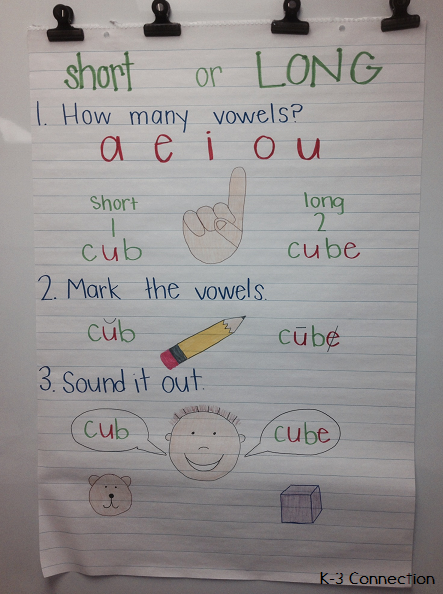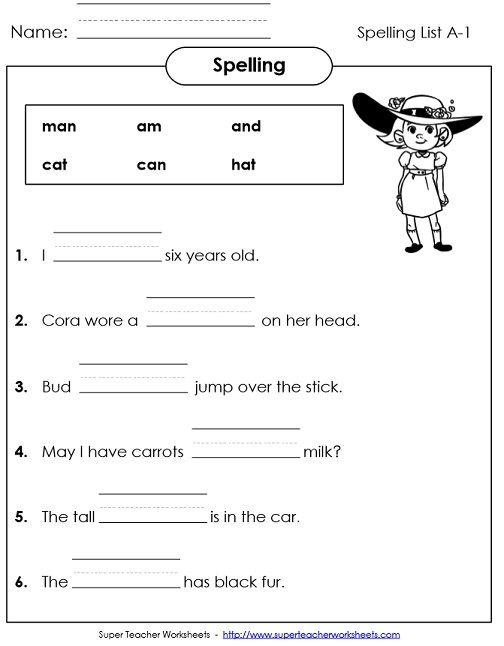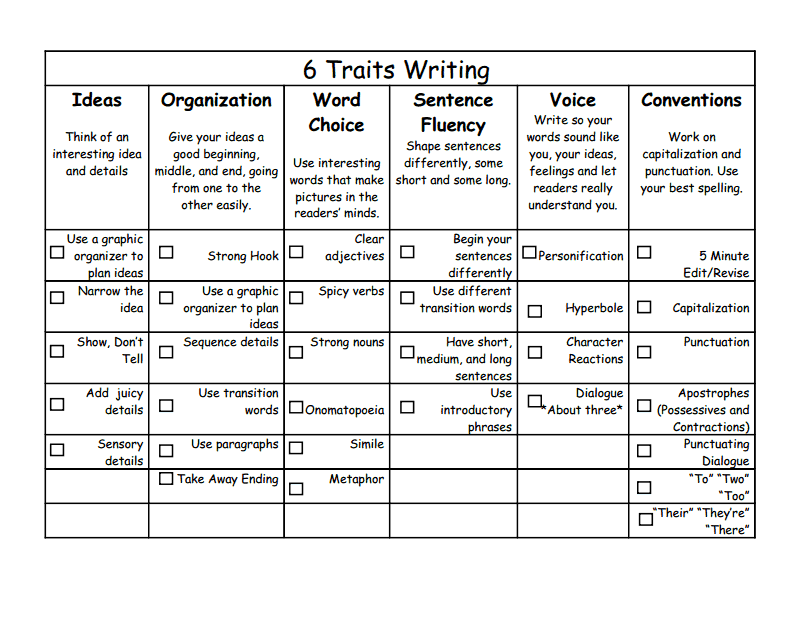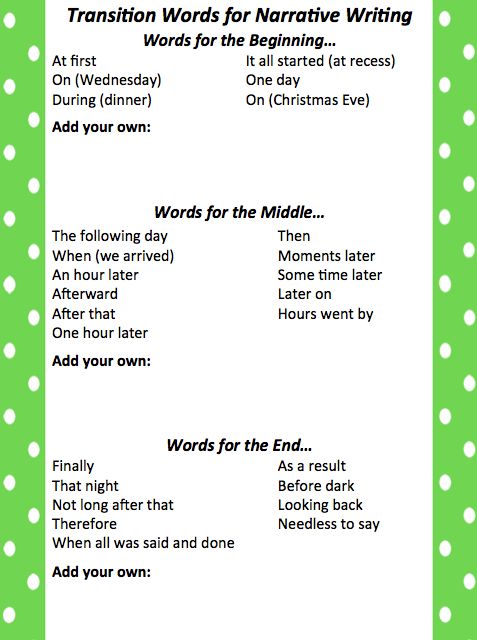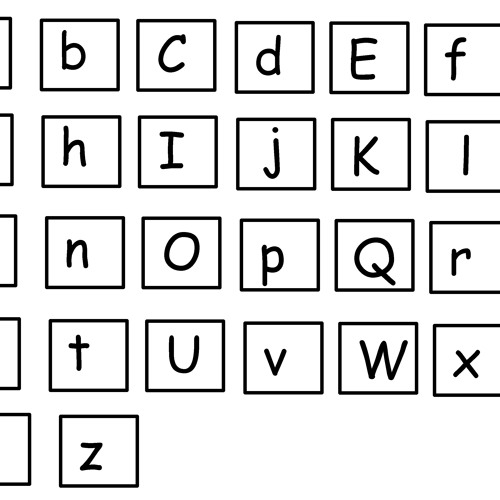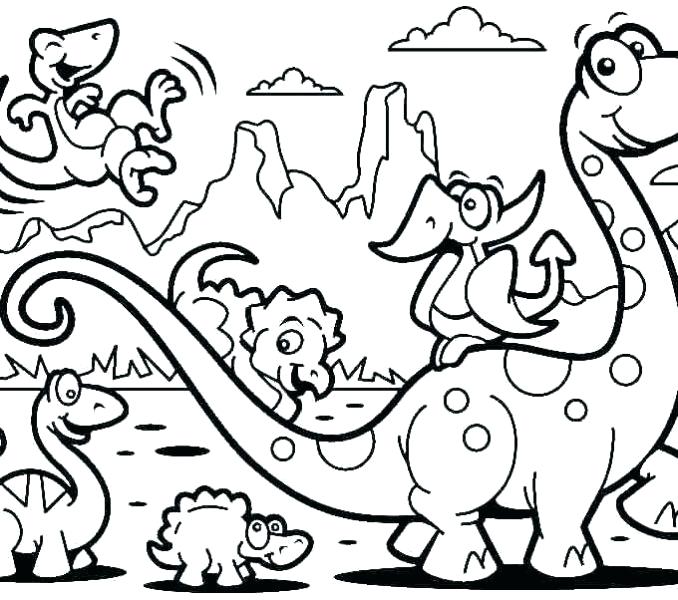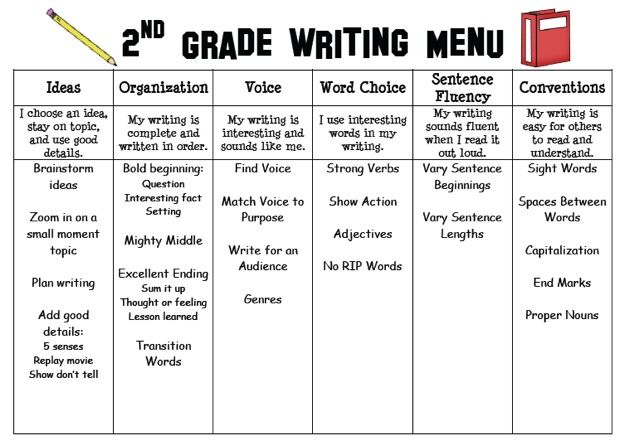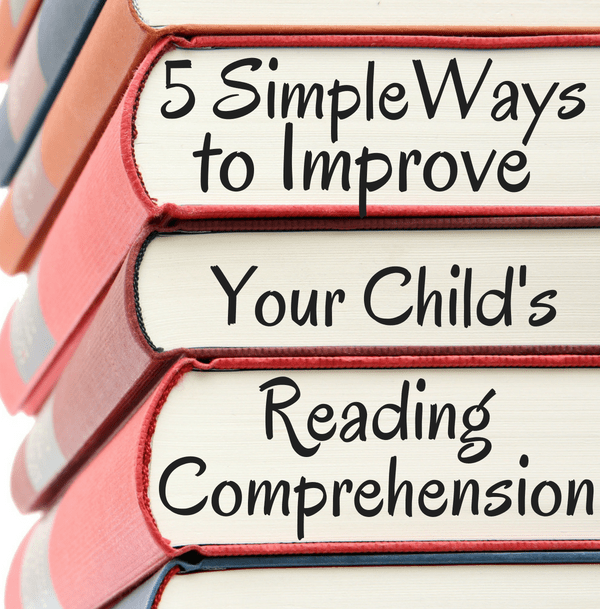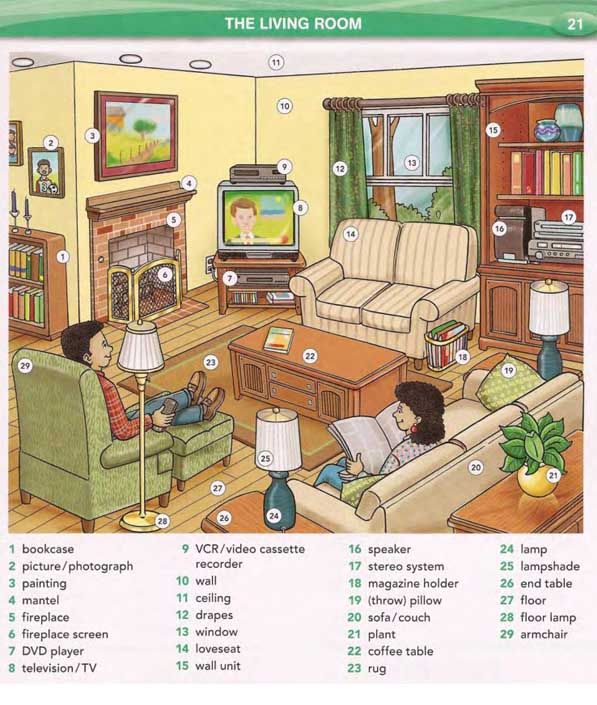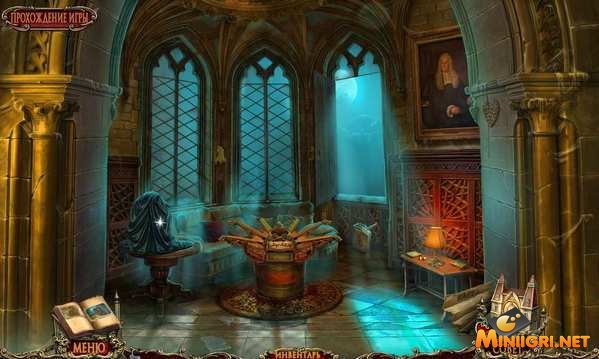Short vowel sound anchor chart
Long & Short Vowel Sounds - Plus 2 Free Anchor Charts!
Alphabet | Grade 1 | Kindergarten | Pre-K | Vowels
ByKatie
This post may contain affiliate links. Please see our disclosure policy.
Learn the difference between short and long vowels, when to teach these sounds, and the rules for these sounds. For extra classrooom help, print the two free vowel anchor charts, with capital and lowercase letters and bright pictures to teach the long and short vowel sounds!
Get a new freebie every week!
Table of Contents
- Teaching Long & Short Vowels
- Short Vowel Sounds
- Long Vowel Sounds
- Printable Anchor Charts
- Related Posts
- Download & Print
Teaching Long & Short Vowels
Of the 26 letters in the English alphabet, the letters a, e, i, o, and u are vowels. The other 21 letters are consonants.
Every English word MUST include at least one vowel. That’s why knowing and practicing vowel sounds is so important when it comes to reading!
Children need to be introduced to these academic terms as early as pre-k, and they should leave kindergarten able to quickly and easily identify vowels and consonants in words.
This will be key as they begin progressing and coding words throughout elementary school!
Short Vowel SoundsShort vowels are taught along with other letter sounds. Begin teaching short vowel sounds in pre-k and continue teaching them throughout all of kindergarten and the beginning of first grade.
👉 Rule: When there is one vowel in a word, either at the beginning or between two consonants, it usually has a short vowel sound.
Examples
- Short A words: cat, map, hat, an, flag, bam, rat, fad, had, wag, jab, pan, chap, ram.
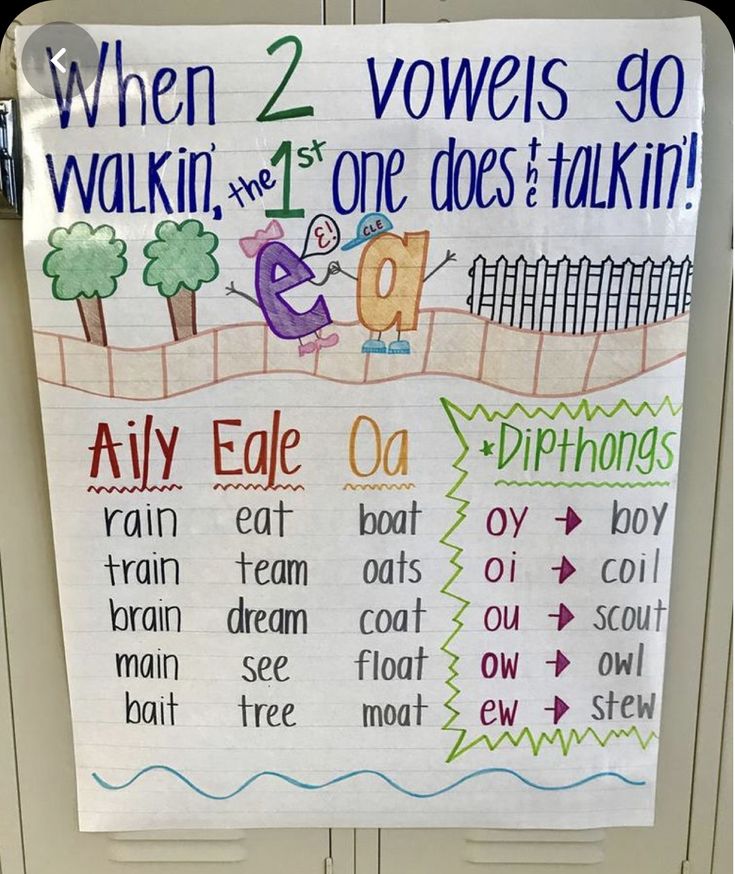
- Short E words: leg, leg, pet, slef, hen, men, Zed, net, web, wed, west, hem, fed.
- Short I words: is, in, lip, rim, lip, slid, pin, lick, lob, fin, thin, Tim, pin, fig, fit, hip, hit , whip.
- Short O words: on, not, log, off, blog, mop, Tom, nod, slop, fox, fog, flop, hog, hop frog.
- Short U words: up, ugly, mug, mud, lug, slum, fun, slug, rug, pup, slub, hug, hum, jug, jot.
Long vowels are usually taught after the first few months of first grade.
Students should have a firm command reading words with short vowels, digraphs, consonant blends, and closed syllables before long vowels are introduced. They’ll continue learning long vowel spellings throughout the next few years of elementary school.
👉 Rule: Long vowels say their name.
- Long A says /ā/.
- Long E says /ē/.

- Long I says /ī/.
- Long O says /ō/.
- Long U says /ū/.
Long vowel sounds can be heard at the beginning, middle, or end of a word. Long vowels can be spelled with a silent e (VCe pattern), a vowel team, or in an open syllable.
👉 Although there are many different long vowel spellings, I focus heavily on the ones we find most frequently in text, marked with an asterisk (*) below!
Long A
There are 8 ways to spell Long A:
- a like baby*
- a-e like cake*
- ai like rain*
- ay like day*
- ei like reindeer
- eigh like eight
- ea like steak
- ey like hey
Long E
There are 8 ways to spell Long E:
- e like equal*
- e-e like scere*
- ee like bee*
- ea like read*
- y like baby*
- ei like reiceipt
- ie like cookie
- ey like turkey
Long I
There are 6 ways to spell Long I:
- i like lion*
- i-e like bike*
- igh like light*
- y like fly*
- y-e like type
- ie like pie
Long O
There are 5 ways to spell long O:
- o like no*
- o-e like home*
- oa like boat*
- ow like bow*
- oe like toe
Long U
Long u can actually make TWO sounds: ū (yoo) and ū (oo).
There are 5 ways to spell Long ū (yoo):
- u like unicorn*
- u-e like mute*
- ue like argue*
- ew like curfew*
- eu like eucalyptus
There are 7 ways to spell Long ū (oo):
- u like r uler*
- u-e like tube*
- ue like glue*
- ew like stew*
- oo like balloon
- ou like soup
- ui like fruit
👉 Tip: Do not teach all of the spellings above at one time. Instead, follow a systematic approach for teaching all of the spellings listed above. Work on one spelling pattern at a time until students have mastered it, then move on.
If you don’t know where to start, the Recipe for Reading book helps parents and teachers practically implement Orton Gillingham methodology with students.
Printable Anchor Charts
To help teach these concepts to kids, print both of the two free posters that can be used as anchor charts. One is focused on short vowel sounds and the other is focused on long vowel sounds.
The posters are designed to help promote both uppercase and lowercase recognition for each of the five vowels.
Each poster includes a bright picture that matches the keyword and includes the vowel sound.
Both posters use words where the vowel sounds are found at the beginning, allowing kids to hear and identify beginning sounds in words.
The Short Vowel Poster includes:
- A a – /ă/ – apple
- E e – /ĕ/ – elephant
- I i – /ĭ/ – igloo
- O o – /ŏ/ – octopus
- U u – /ŭ/ – umbrella
The Long Vowel Poster includes:
- A a – /ā/ – acorn
- E e – /ē / – equal
- I i – /ī/ – ice
- O o – /ō/ – ocean
- U u – /ū/ – unicorn and /oo/ like ruler.

Related Posts
- Beginning Sounds Worksheet
- CVC Word Families Anchor Chart
- All About Open and Closed Syllables
- Long Vowel Word Lists: A, E, I, O, and U.
Download & Print
Subscribe and Never Miss a Freebie!
We’d love to hear about your experience using these anchor charts!
Please leave a comment below or tag us on Instagram @literacylearn.
DOWNLOAD TERMS: All resources and printables are designed for personal use only. Each person must visit this site and download their own copy for use.
*Do not: Share or reproduce our resources on the web, upload to a shared drive, email the file, or make photocopies for anyone outside your own home or classroom.
*Please do: Share with others by distributing the link to the blog post or by using the social share links provided. This allows us to keep making free resources for everyone! If you have any questions, please email us. Thank you!
This allows us to keep making free resources for everyone! If you have any questions, please email us. Thank you!
Short Vowel Anchor Charts - Emily Education
If you’ve been around my blog for any amount of time, I’m sure you have noticed how much I absolutely LOVE anchor charts. I use anchor charts as part of almost every new skill and concept I introduce to my students. Introducing and teaching short vowels is no exception. With the help of some easy-to-use short vowel anchor charts and kid-friendly activities, your students will be practicing and learning their short vowels in no time. I am so excited to share with you some of my favorite activities to introduce, practice, and master short vowels.
Short Vowel Introduction
Introducing your students to short vowel sounds is fun and easy. With just a few simple activities designed to help your students practice over several days they will be mastering those short vowel sounds in time.
I like to start by asking my students to make the connection between visual clues and written letters.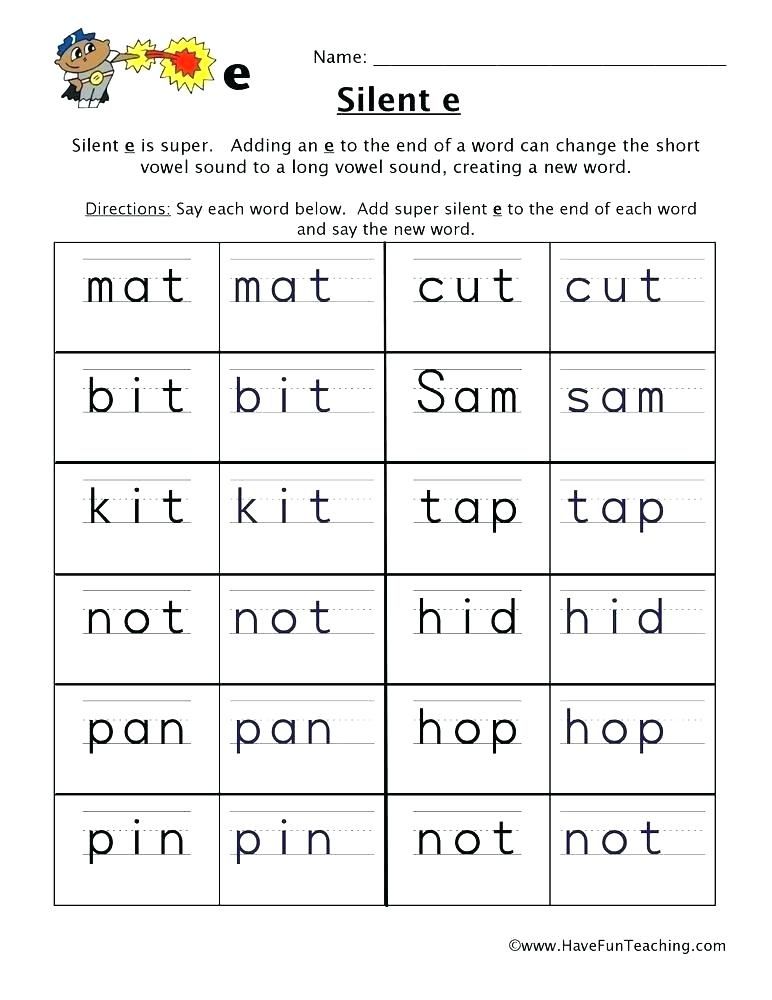 Asking students to name a variety of objects that start with our target short vowel sound is a great introduction activity. Beginning sounds is the easiest way to get students to hear the sound.
Asking students to name a variety of objects that start with our target short vowel sound is a great introduction activity. Beginning sounds is the easiest way to get students to hear the sound.
Once my students have the target sound at the beginning, I move on using the sound as part of the ending word family. I start this by saying words and over exaggerating the short vowel sound. Before long, students jump in with other words that have the target sound. Pretty soon, the students start hearing the rhyming patterns that are so easy to make with short vowel word families.
Before you know it, students are moving on to bigger, unrelated words with the target sound. It’s exciting to watch as they realize that these important alphabet sounds are in many, many words. This is one of those special “lightbulb” moments.
When first introducing short vowel sounds, I generally focus on one short vowel sound per day. I like to follow this same procedure and activities for each of our new vowel sounds.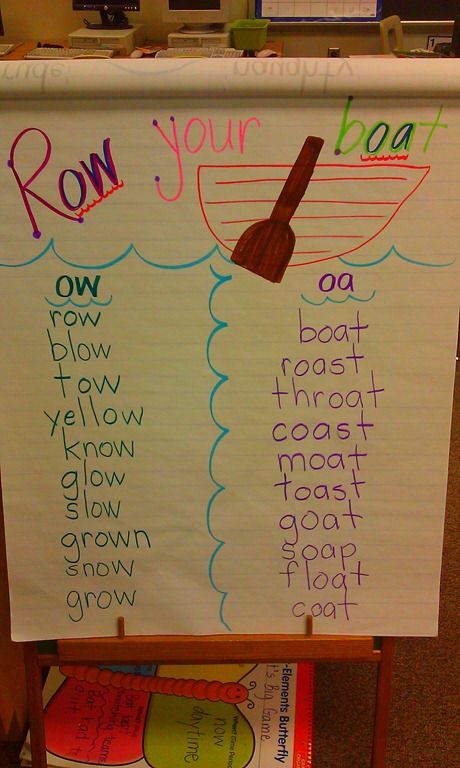 On the last day, we do a review of all the short vowel sounds using our completed anchor chart.
On the last day, we do a review of all the short vowel sounds using our completed anchor chart.
Teacher Tip: Timing
As you teach short vowel sounds I would encourage you not to rush through them. Take the time to make sure your students have a good foundation before moving on. While I generally teach a new sound each day, this is always after we’ve already worked on each letter of the alphabet. So the letter and sound is a review that we begin building on. Still, there are years when I need to slow down because my students need extra practice. That’s OK too! These short vowel sounds are so important to our beginning readers that it is worth taking all the time you need for your students to build a strong foundation. You’ll be happy you did as you move into other reading skills.
Short Vowel Anchor Chart
After we play some word games as a warm-up we jump right into creating our short vowel anchor chart. The students love creating the centerpiece of the anchor chart and connecting it to the target sound.
Each of the short vowel anchor charts also comes with a cute rhyme. This rhyme helps students to remember the short vowel sound and a word or two with that sound. The students love learning the rhyme and reciting it together. This is a great tool to help those auditory and musical learners in your classroom.
Short Vowel Sound Picture Cards
Next up, it’s time to start adding words, lots and lots of words. I like to do this like a class scavenger hunt. Sometimes I let students find real objects in the classroom with the target sound and other times I hide picture cards around the room. The students love searching for the sound and it’s a great way to get a little movement in the day.
The students bring their words or cards back to the carpet and we begin going through them and finding the target sound. It isn’t long before students notice that many of the words have the same ending. This is a great time to introduce the concept of word families if you haven’t already done that.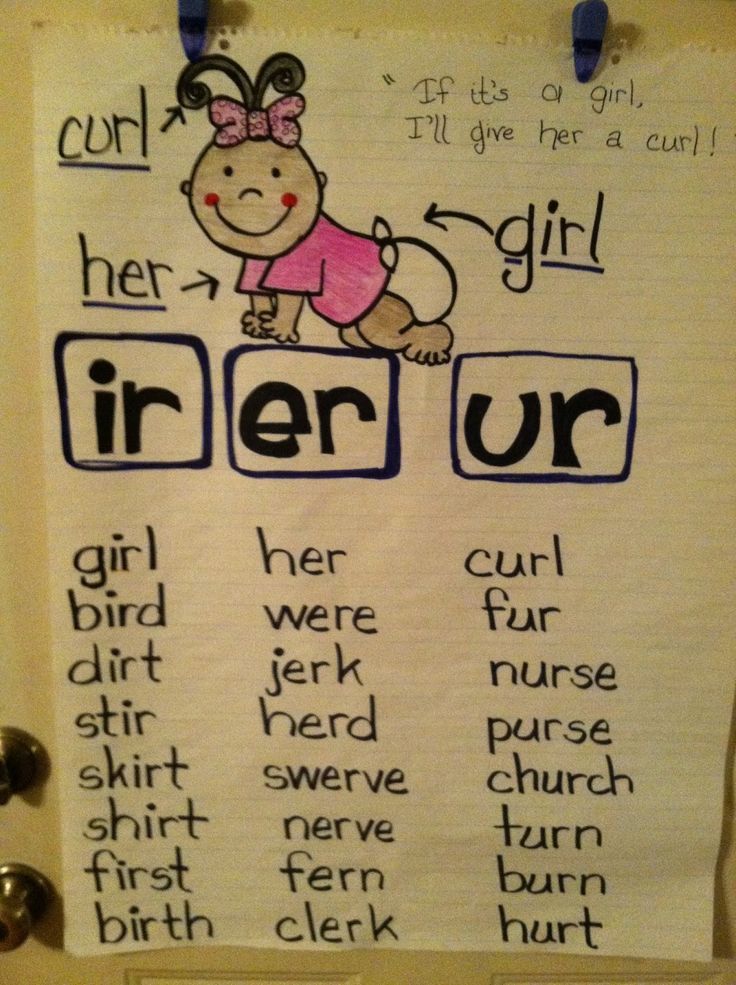
Short Vowel Word Sort
Once students have their short vowel cards in hand it’s time to put them on the anchor charts. The first thing we do is add some word family headers that correlate with the word cards. We talk about what a word family is and what sound it makes.
After introducing all the word families it’s time to start sorting. This is a great time for the entire class to participate in sounding out and reading the short vowel words. Once students read the word, I ask for a volunteer to decide where it should go on the anchor chart.
We take turns placing the short vowel words under their correct word family. I like to take a little extra time to have the class read each of the words on the short vowel anchor chart again before finishing the activity.
This short vowel sound picture card activity is also a great vocabulary-building activity too! The students learn new words or synonyms for words they know. Putting together our class anchor chart is definitely one of my student’s most favorite activities.
Extra Short Vowel Fun
The word cards and word family cards can be used for more than just the anchor chart. I love to print out two sets of word cards and one set of word family cards on cardstock. After laminating they are perfect for a variety of games or center activities. Use them to create center sorting activities or a CVC word reading memory game.
Short Vowel Anchor Charts
You can find all of the short vowel anchor charts in the Emily Education store.
Fill Your Phonics Lessons with Interactive Anchor Charts
If you are as excited about phonics anchor charts as much as I am, this Interactive Phonics Anchor Charts Bundle is for you! It includes everything you will need to create interactive phonics anchor charts all year long! Your students will love being an active part of each phonics lesson and you’ll be amazed at how these anchor charts help them master phonics skills.
Save These Short Vowel Anchor Chart Ideas!
Be sure to pin these short vowel anchor chart ideas to your favorite Pinterest teacher board so you can come back any time for fun and engaging short vowel activities you and your students will love!
Anchor charts in the classroom: what it is and why you should try this method
Holidays are not only a time for rest, but also for teacher reflection. What did not work out last year, how to change the situation, what methods to use for this? For those who are asking these questions right now, we are talking about anchor charts - you just have time to study the issue in detail, be inspired by successful work (we give links!) And practice creating your own.
What did not work out last year, how to change the situation, what methods to use for this? For those who are asking these questions right now, we are talking about anchor charts - you just have time to study the issue in detail, be inspired by successful work (we give links!) And practice creating your own.
What are anchor charts?
These are visualizations that help children (including preschoolers) find out what awaits them today, or consolidate what they have gone through through concisely and clearly stated main points and blocks.
They are great for laying the foundation for a new learning unit and giving an overview of concepts. They also make it easy to break down complex concepts into manageable chunks.
Diagrams are good for reflection - when you need to summarize what we have learned, what we have learned, what was difficult and what was easy. It's a way to give (and receive) feedback. It is enough just to make one template, hang it in the class, and then change it. Or each student can create such a template for himself to work with him with or even without a teacher.
Or each student can create such a template for himself to work with him with or even without a teacher.
What diagrams should look like
It is desirable that they be quite simple! Don't try to transfer your entire lesson or activity to a diagram (or all preschool guidelines). A chart is a quick way for a child to get information, so don't oversaturate it. The same principle as in presentations: do not try to convey all your experience and knowledge on one slide.
It is desirable that they be colorful and structured. Before creating a diagram, think about how many blocks you want to place on it, and then think about the design. Of course, both preschoolers and younger students prefer those where not only words and arrows, but also, for example, illustrations.
Do you find it very difficult? Do you need imagination, talent for drawing and so on? But it is not so. This is not a situation where you should be embarrassed to borrow. Just go to, for example, Pinterest - there you will find dozens of already created diagrams, the ideas of which you can use to create your own.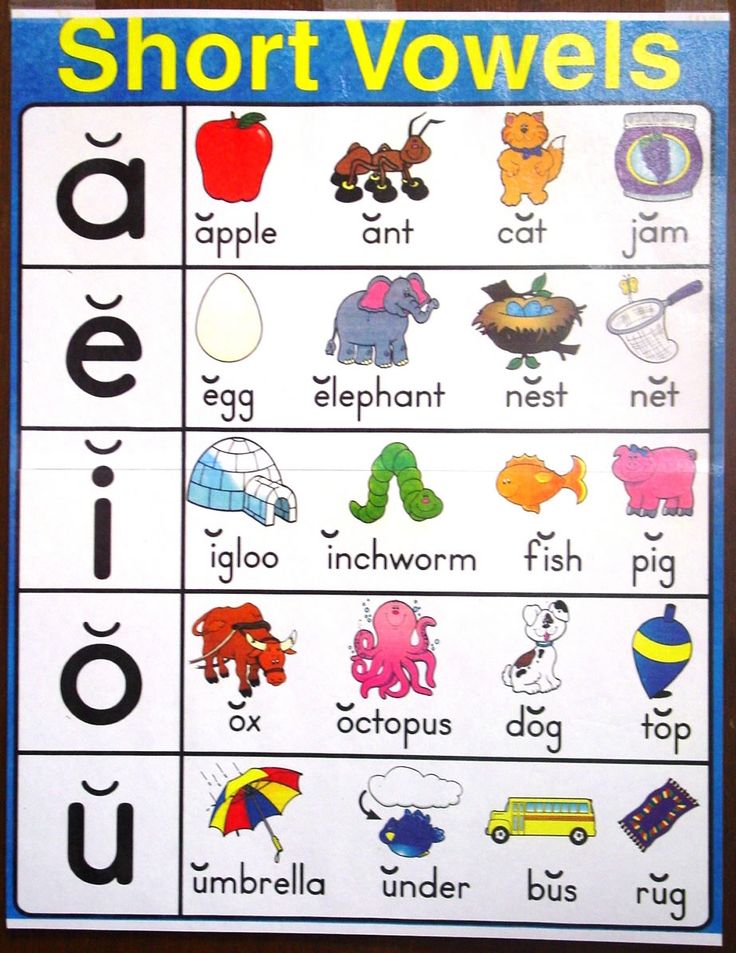 Here, for example, is a simple anchor picture for preschoolers on how to behave in class. And here the teacher very simply tells how to make such objects together with the students.
Here, for example, is a simple anchor picture for preschoolers on how to behave in class. And here the teacher very simply tells how to make such objects together with the students.
What is important
No need to repeat the same thing over and over again. Plus, sometimes it’s worth involving the children themselves in creating such diagrams. For example, if you want to reinforce some material, help children work here and now in the class.
Several types of such diagrams can be used in mathematics lessons. Some can help in the very organization of the lesson, others will be useful during class work - this is a focus on new material, introduced concepts. The third type of diagrams will help children learn to think strategically (for example, a diagram for mastering multiplication can include several strategies and focus on one particular one).
Three things to get you started:
- Set a goal.
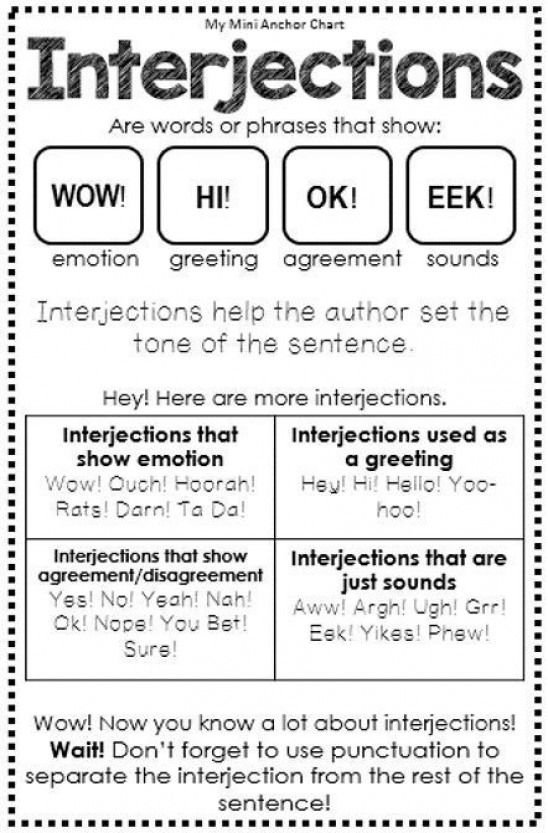 The chart itself is worth nothing. What do you want to come to? For students to remember something? Then what is the most important thing in this?
The chart itself is worth nothing. What do you want to come to? For students to remember something? Then what is the most important thing in this? - Come up with a design. Sounds complicated, but! You can't even reinvent the wheel here. Feel free to borrow ideas from colleagues. Search the Internet, go to other teachers' classes.
- Recruit students. And this is where the real magic can happen. Ask the children to think, brainstorm on a topic you have given and related to the diagram. And then add your and their offers to the table.
What else is worth paying attention to
Well, of course, where your “poster” will be placed. Do you do it only on paper or do you want to use it in electronic form as well?
In the classroom and preschool group, the diagram should be in a conspicuous place, otherwise what is the point in it. If you hang several of these posters, think about their placement so that you don't create a color mess on the walls that will confuse children.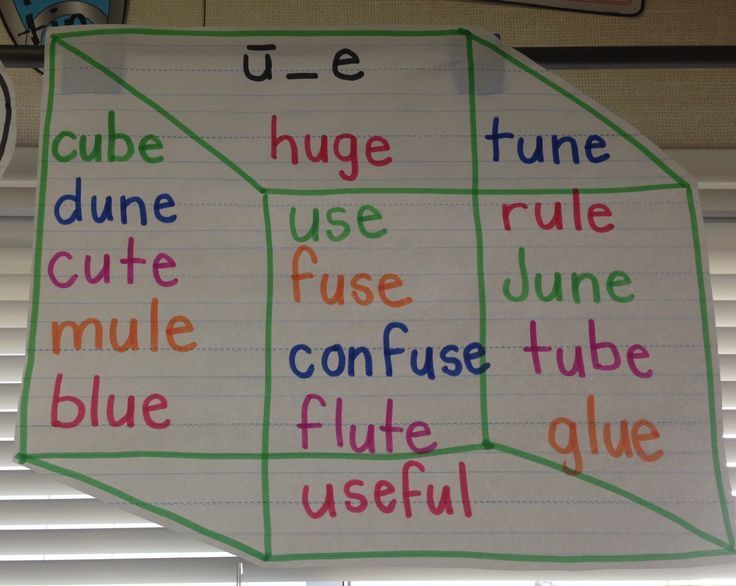 For elementary school, the organization of diagrams by subject is good, but in the middle school it is already by units and concepts that correspond to the program.
For elementary school, the organization of diagrams by subject is good, but in the middle school it is already by units and concepts that correspond to the program.
What else is important? Even if you really liked the diagrams and you are convinced that they work, you should not abuse them. There is no need to make diagrams for every day, lesson, lesson. Choose those items that need fixing. And just remember that even in anchor charts, the recency effect works great. And if you do them every day, the children will get used to it and that very wow factor in perception will stop working.
Take charts off the walls as you and your children move forward. If you are sure that the concepts from the diagram are already fixed, remove it. If the material has not been fixed for some students, you can take a picture of a large diagram, print it in the format of a notebook sheet and distribute it to those who need additional work on the topic.
Cover photo: Shutterstock / Luria, Kindergarten Chaos
New World.
